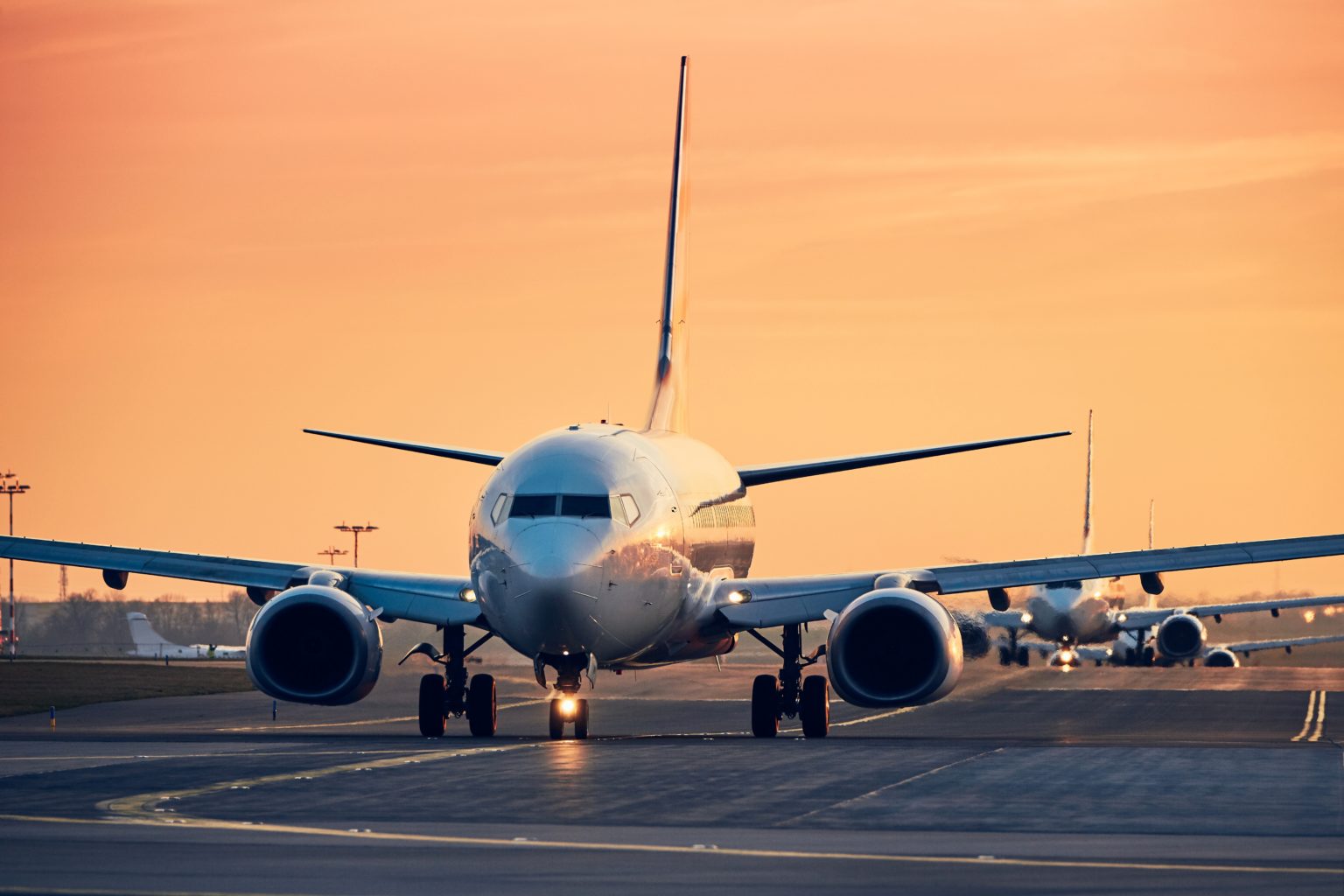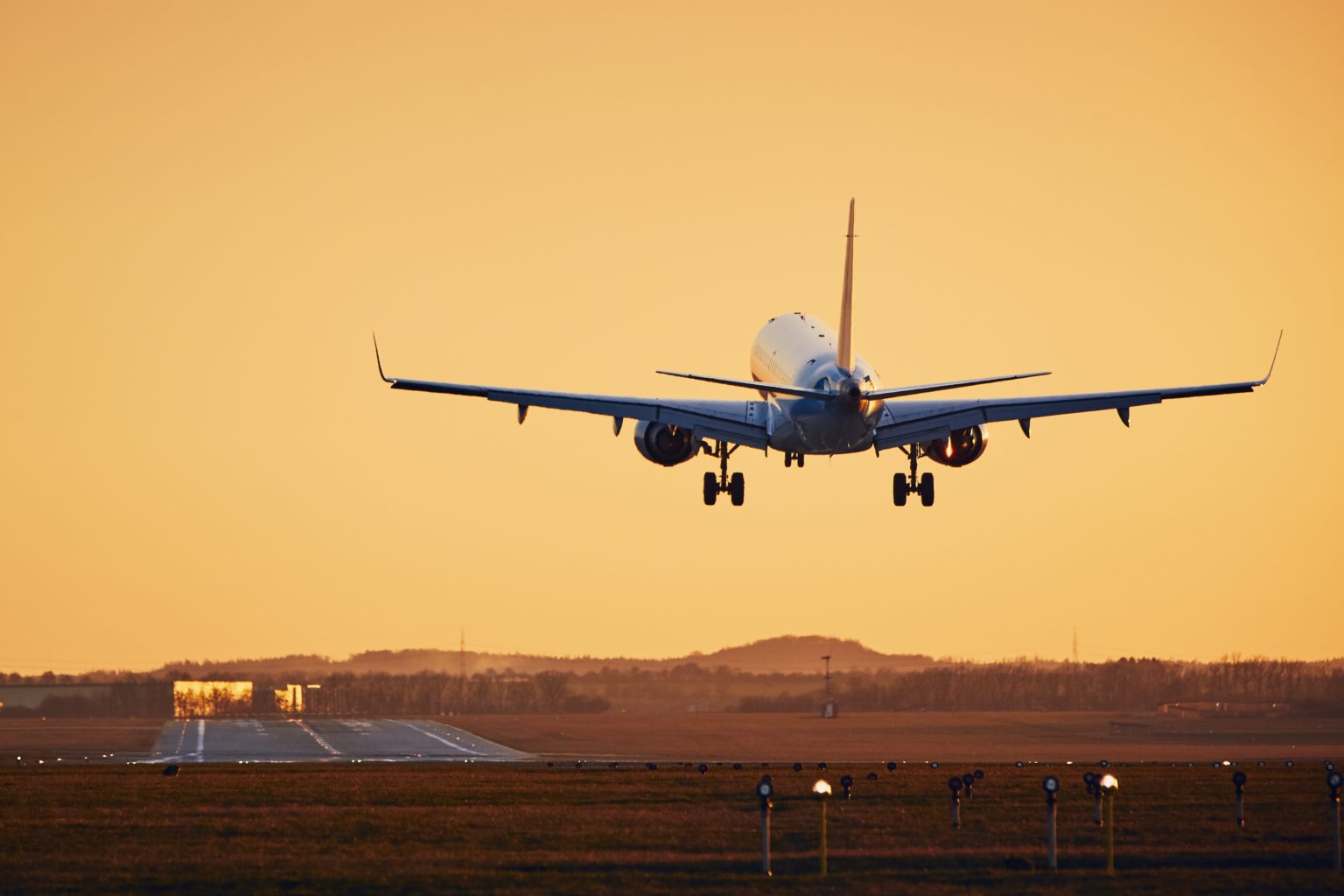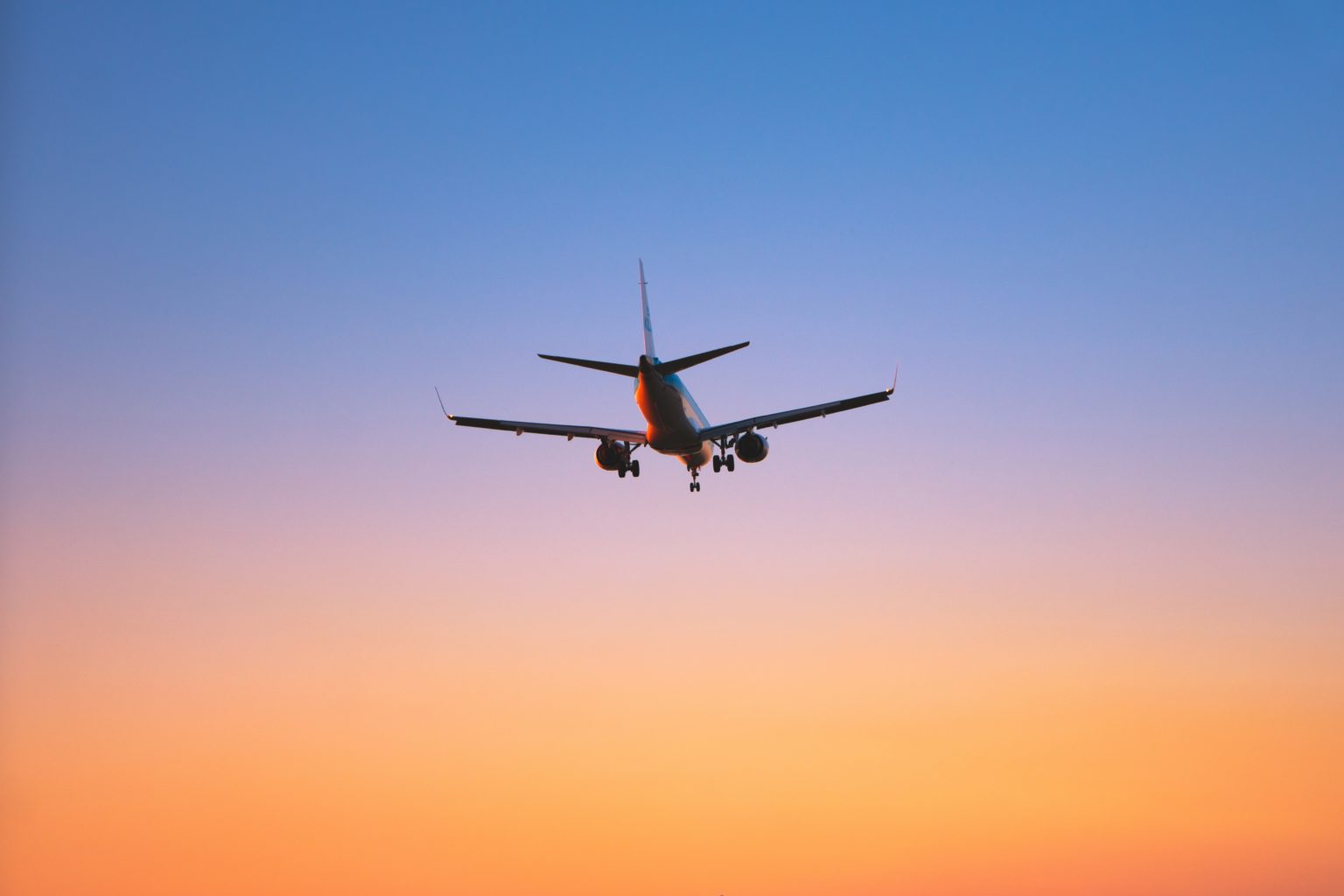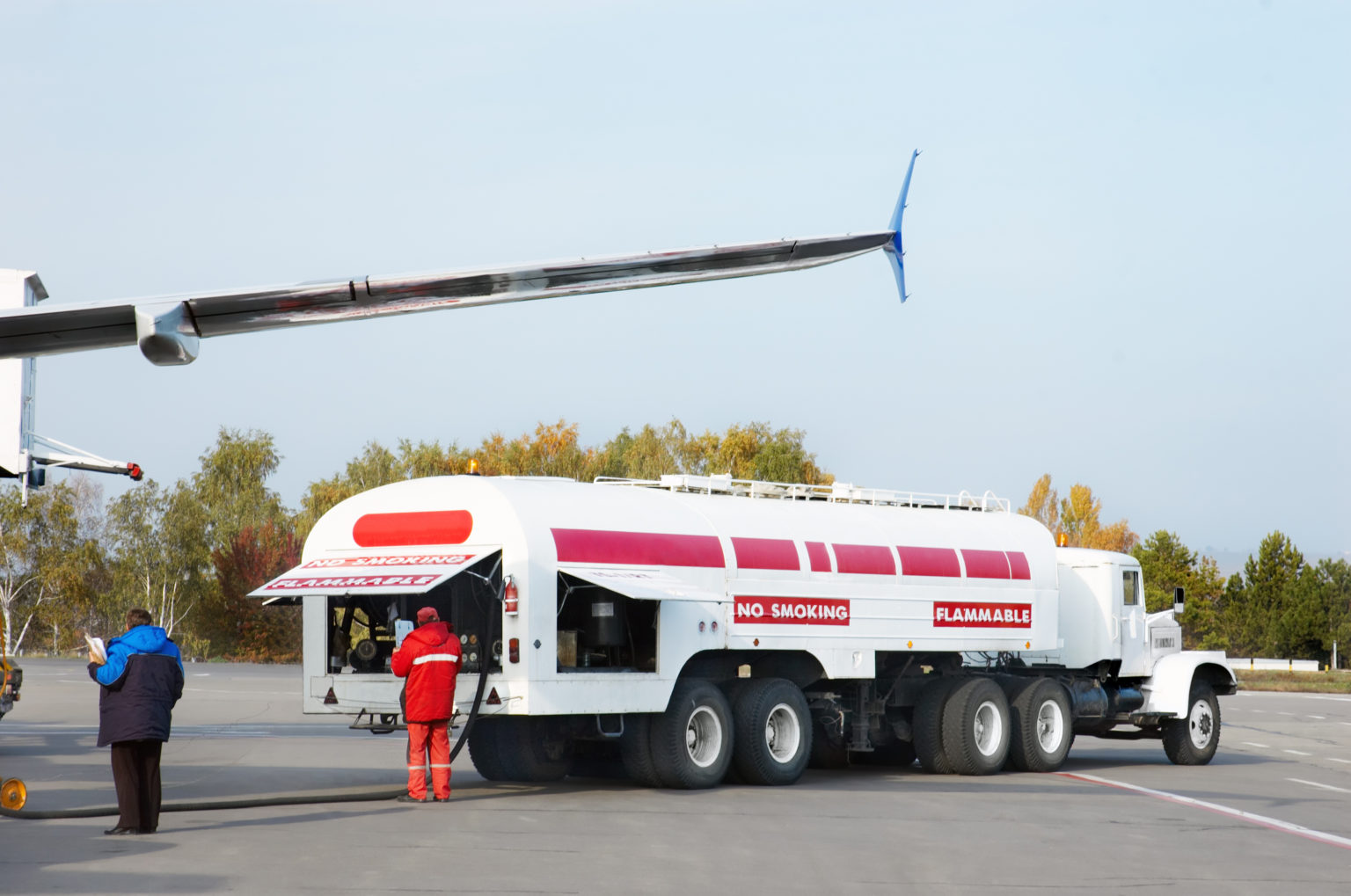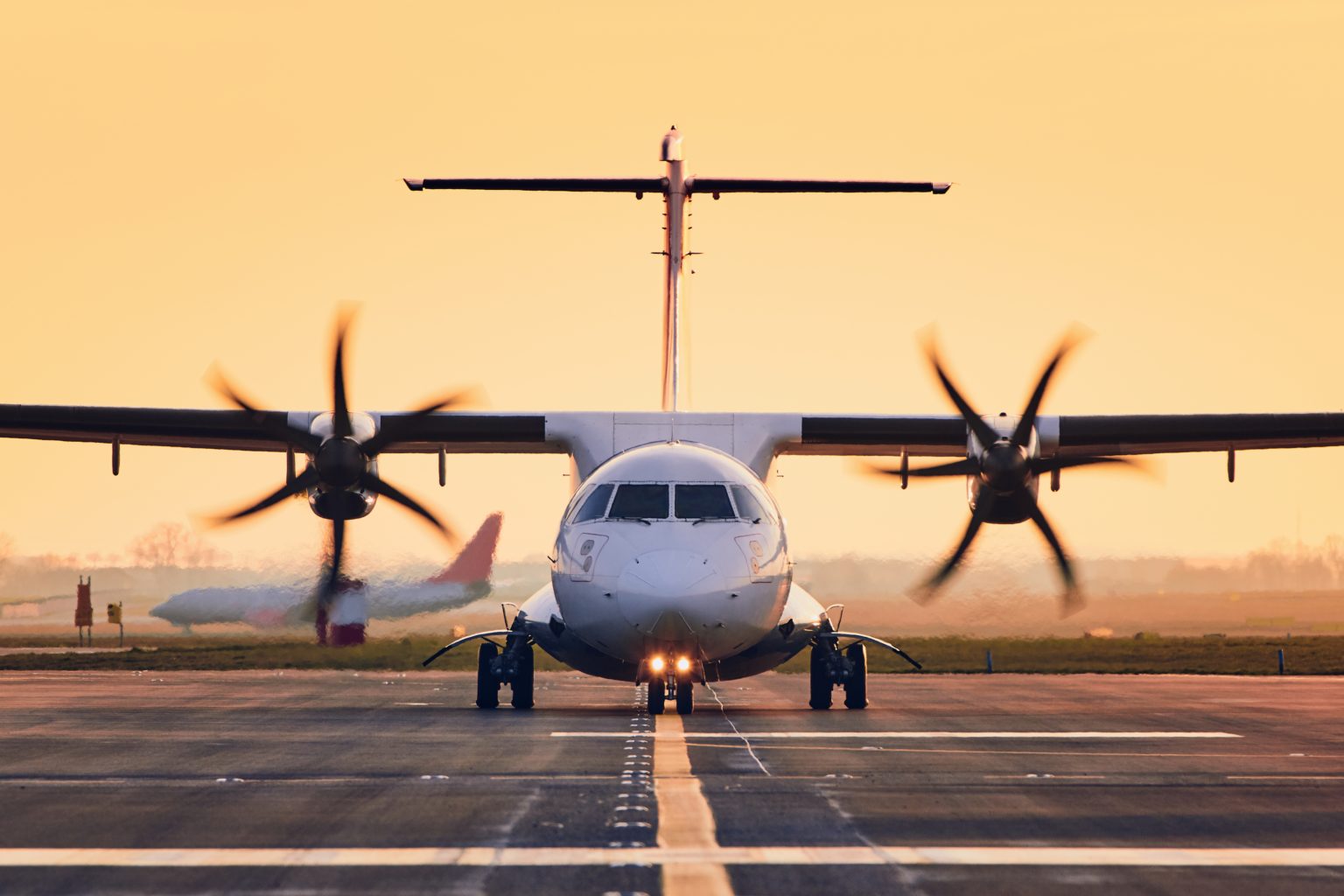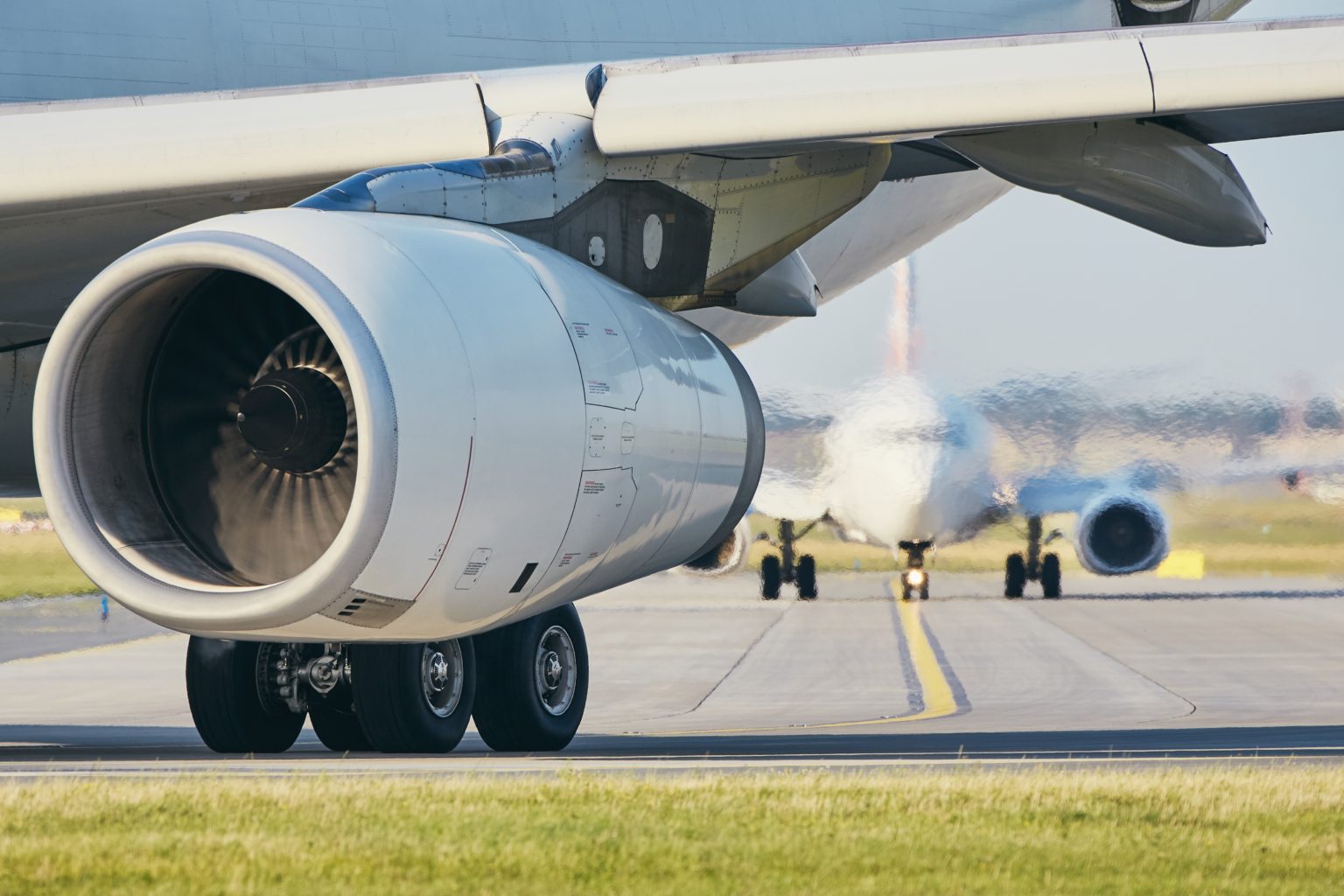Our civilation’s approach to most things has been to put as much power into a system as possible in order to overcome limitations in our fundamental natural designs. This is perhaps most evident in the way we have chosen to harness the winds or traverse the skies. If we compare our method of flight to all flying species on the planet it is a comedy of comparative frustration.
What other species lights its gas on fire to propel itself through the air while forcing the very element keeping it aloft to be diminished as much as possible to provide thrust? It becomes obvious that we have chosen to subdue our environment, to crush it to our will. Yet the organic world has proven to us time and time again that it provides a better model to follow than those systems and products we have designed to force the natural environment to act in an unnatural way.
Thrust in a jet engine is developed by heating up the air drawn into the compressor which chops up the laminar quality of the air and attempts to compress it. As the air begins to exit the compressor body a jet blast of gas and flame are added to further heat the air and force it behind the vessel as far as possible before it begins to cool and expand, causing thrust. While combustion efficiency in jet engines now is fairly high (at about 98%) the THRUST efficiency is still hovering at about 47%.
Our novel propulsion technology makes possible a new way of looking at moving a craft through air or water leveraging on the natural environment.
